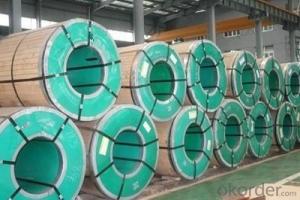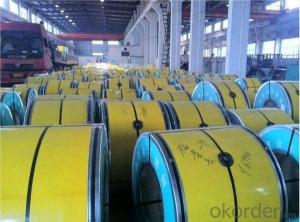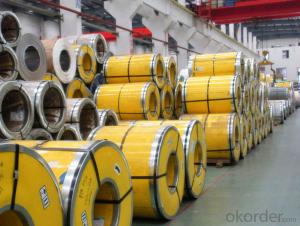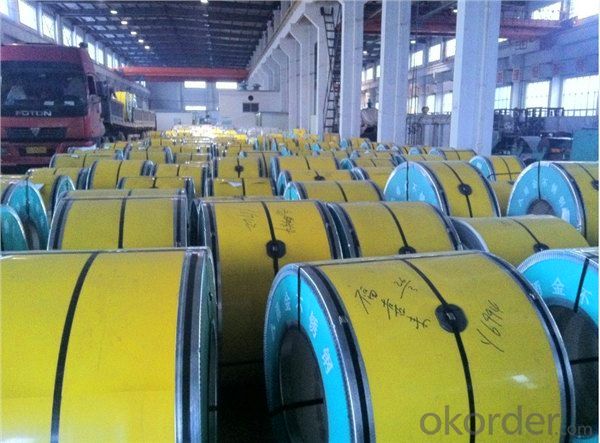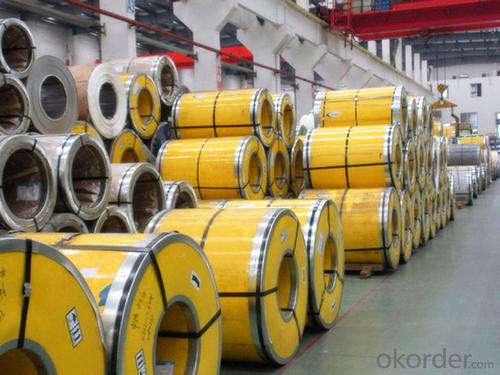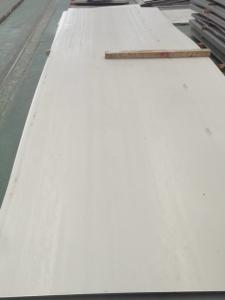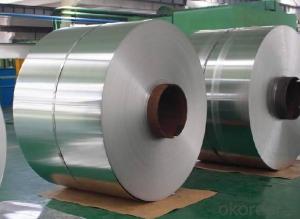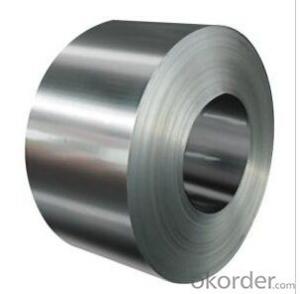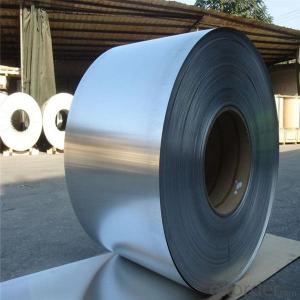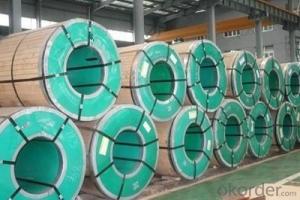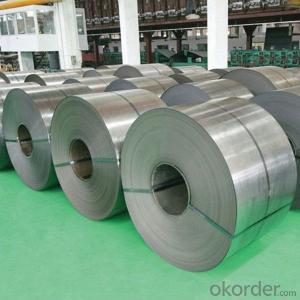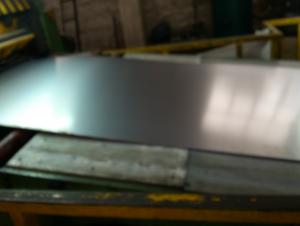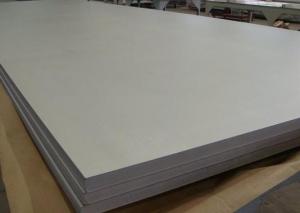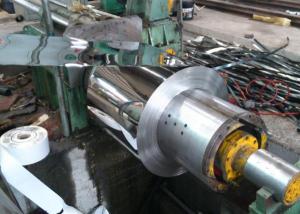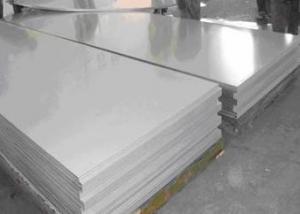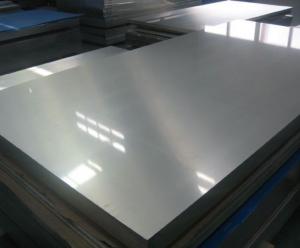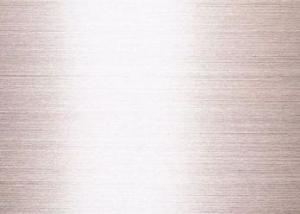Stainless Steel Coil and Sheet Hot Rolled Cold Rolled 304/ 304L/ 316 / 316L
- Loading Port:
- China main port
- Payment Terms:
- TT OR LC
- Min Order Qty:
- 20 m.t.
- Supply Capability:
- 4000 m.t./month
OKorder Service Pledge
OKorder Financial Service
You Might Also Like
CHINA GOOD COLD ROLLED STAINLESS STEEL COIL AND SHEET 304/316/316L
Product Details:
CR Stainless Steel Coil 304 316 316L | |
1.Standard : | JIS AISI ASTM |
2.Thickness : | 0.3-3.0mm |
3.Width: | 100-1500mm |
4.Length: | Depend on the weight |
5.MOQ: | 20ton |
6.Main Application | Building, decoration, tableware, kitchen, industrial, auto parts, etc. |
316 Chemical Composition | ||||||
C | Si | Mn | Cr | Ni | S | P |
≤0.07 | ≤1.0 | 2.00 | 17.0~19.0 | 8.0~11.0 | ≤0.03 | ≤0.035 |
Surface Treatment
2B | The surface brightness and flatness of 2B is better than 2D. Then through a special surface treatment to improve its mechanical properties, 2B could nearly satisfy comprehensive uses. |
NO.3 | Polished with abrasive belt of git#100#200,have better brightness with discontinuous coarse strait, used as inner and external ornaments for building, electrical appliances and kitchen utensils etc. |
NO.4 | Polished with abrasive belt of grit#150#180,have better brightness with discontinuous coarse stria, but thinner than NO.3, are used as bathtub buildings inner and external ornaments electrical appliances kitchen utensils and food processing equipment etc |
HL | Polished with abrasive belt of grit#150#320 on the NO.4 finish and has continuous streaks, mainly used as buildings ornaments elevators, door of building, frontal plate etc. |
BA | Cold rolled, bright annealed and skin-passed, the product have excellent brightness and good reflexivity like mirror, kitchen apparatus, ornament etc |
8K | The product have excellent brightness and prefer reflexivity can |
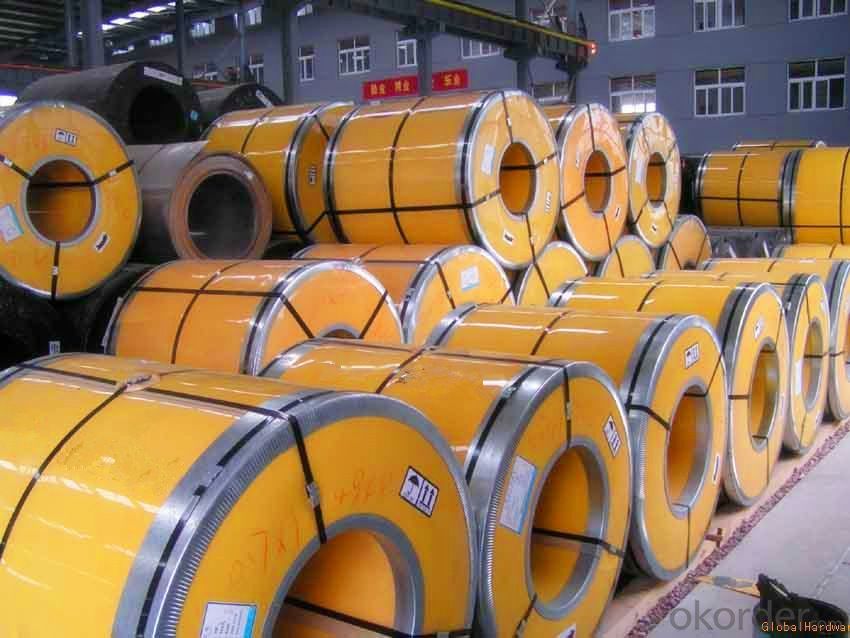
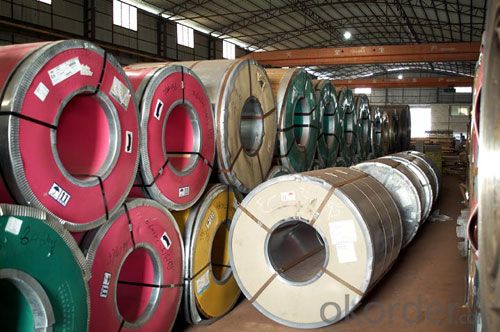
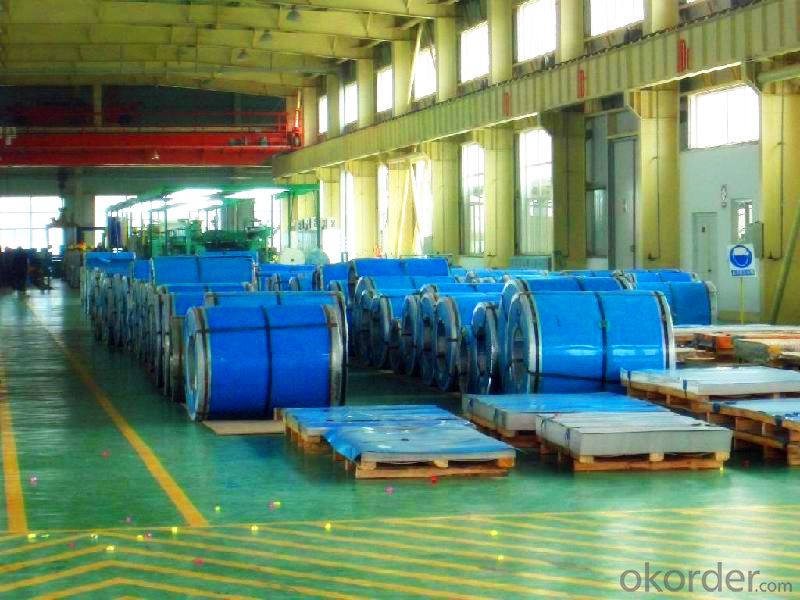
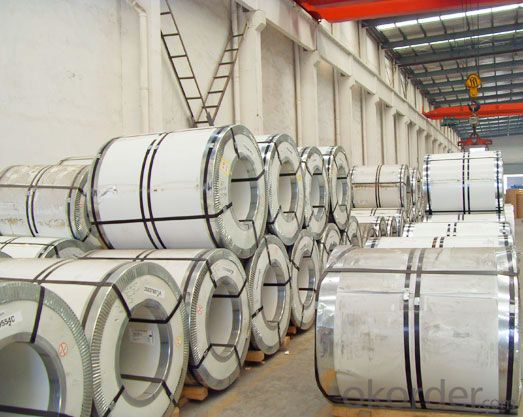
- Q: How do stainless steel strips perform in high pressure environments?
- Stainless steel strips boast exceptional performance in high-pressure environments, owing to their unique composition rich in chromium and nickel. As a result, these strips offer excellent resistance against corrosion, oxidation, and scaling, rendering them exceptionally reliable and durable even in high-pressure applications where alternative materials may falter. In environments characterized by high pressure, stainless steel strips uphold their structural integrity and dimensional stability unwaveringly. They possess the ability to withstand extreme pressure without undergoing any deformation or breakage, thereby guaranteeing system safety and efficiency. Moreover, stainless steel strips exhibit remarkable tensile strength, enabling them to endure the forces exerted by high-pressure conditions. Additionally, stainless steel strips demonstrate exceptional heat resistance, enabling them to withstand the elevated temperatures associated with high-pressure environments. They can endure thermal expansion and contraction, thereby preserving their shape and performance even amidst fluctuating temperature circumstances. In the realm of chemical resistance, stainless steel strips prove highly suitable for high-pressure environments where exposure to corrosive substances remains a concern. They exhibit remarkable resistance against acids, alkalis, and diverse chemicals, thereby preventing degradation and upholding strip performance over time. Furthermore, stainless steel strips are effortless to clean and maintain, a crucial feature in high-pressure environments where hygiene and sanitation are of utmost importance. Their non-porous nature prevents the accumulation of bacteria or other contaminants that could potentially compromise strip performance. In conclusion, stainless steel strips represent the optimal choice for high-pressure environments. Their corrosion resistance, high strength, heat resistance, and chemical resistance properties make them remarkably reliable and durable in such conditions.
- Q: Can stainless steel strips be used in construction applications?
- Certainly, construction applications can indeed utilize stainless steel strips. Stainless steel, known for its outstanding durability, strength, and resistance to corrosion, proves to be an incredibly versatile material. These remarkable qualities render it suitable for an extensive array of construction applications, including structural components, roofing, cladding, flooring, and decorative elements. In fact, stainless steel strips find their place in the construction of buildings, bridges, pipelines, and various other infrastructure projects. They are particularly favored in areas demanding exceptional strength and resilience against harsh environmental conditions. Moreover, stainless steel strips can be easily tailored and customized to fulfill specific construction requirements, making them a highly sought-after choice within the industry.
- Q: Are stainless steel strips suitable for automotive trim?
- Yes, stainless steel strips are highly suitable for automotive trim. Stainless steel is a durable and corrosion-resistant material, making it perfect for exterior applications in the automotive industry. It provides a sleek and polished appearance, enhancing the overall aesthetic appeal of the vehicle. Moreover, stainless steel strips can withstand harsh environmental conditions, including extreme temperatures, moisture, and road debris, without losing their shine or integrity. Additionally, they are easy to clean and maintain, ensuring that the trim retains its pristine condition for an extended period. Overall, stainless steel strips offer excellent durability, aesthetics, and functionality, making them an ideal choice for automotive trim.
- Q: Are stainless steel strips suitable for outdoor applications?
- Yes, stainless steel strips are suitable for outdoor applications. Stainless steel is known for its excellent resistance to corrosion, making it highly durable in outdoor environments. It is resistant to rust, oxidation, and weathering, making it an ideal choice for applications that will be exposed to moisture, rain, or extreme temperatures. Additionally, stainless steel is also resistant to UV radiation, making it suitable for outdoor applications that are exposed to sunlight. Its strength and durability also make it suitable for outdoor applications that require resistance to wear and tear. Overall, stainless steel strips are a reliable and long-lasting option for various outdoor applications.
- Q: How do you determine the grade of a stainless steel strip?
- The grade of a stainless steel strip is determined by its chemical composition, which includes the percentages of various elements such as chromium, nickel, and carbon. Additionally, the properties of the stainless steel strip, such as its corrosion resistance, strength, and heat resistance, are considered when determining its grade. Various testing methods, including spectroscopy and mechanical tests, are used to analyze these factors and assign the appropriate grade to the stainless steel strip.
- Q: Can stainless steel strips be used in the construction equipment industry?
- Yes, stainless steel strips can be used in the construction equipment industry. Stainless steel is known for its durability, corrosion resistance, and strength, making it an ideal material for various construction equipment applications. Stainless steel strips can be used for structural components, such as frames, supports, and brackets, as well as for decorative or protective purposes. Additionally, stainless steel's ability to withstand extreme temperatures and harsh environments adds to its suitability for the construction equipment industry.
- Q: Can stainless steel strips be used in outdoor signage?
- Indeed, outdoor signage can utilize stainless steel strips. Being a resilient and anti-corrosive substance, stainless steel is well-suited for outdoor usage. It can endure diverse weather conditions, such as rainfall, snowfall, and sunlight, without succumbing to rust or fading. By customizing and shaping stainless steel strips, various sign designs can be crafted, and when securely mounted, they can withstand the forces of wind and other external factors. Furthermore, stainless steel possesses a sleek and contemporary appearance, thereby augmenting the overall aesthetic appeal of outdoor signage.
- Q: What are the standard coil sizes for stainless steel strips?
- The standard coil sizes for stainless steel strips typically range from 0.25 inches to 12 inches in width and 0.020 inches to 0.125 inches in thickness. However, these sizes can vary depending on the specific manufacturer and customer requirements.
- Q: What are the common product forms in which 111 stainless steel strips are available?
- 111 stainless steel strips are commonly available in various product forms to cater to different applications and requirements. Some of the common product forms in which 111 stainless steel strips are available include: 1. Coils: Stainless steel strips in coil form are widely used in industries such as automotive, construction, and appliances. Coils provide convenience for manufacturers as they can be easily processed into different shapes and sizes. 2. Sheets: Stainless steel strips in sheet form are commonly used in architectural applications, kitchen equipment, and decorative purposes. Sheets offer a flat surface that can be easily cut, bent, and formed as per specific requirements. 3. Slit Strips: Slit strips are narrow and long stainless steel strips that are commonly used in applications such as gaskets, seals, and electrical components. They are available in various thicknesses and widths to suit specific needs. 4. Precision Strips: Precision stainless steel strips are manufactured with tight tolerances and high surface quality. These strips are used in critical applications where precise dimensions and superior surface finish are required, such as in the medical and aerospace industries. 5. Flat Bars: Stainless steel strips can also be produced as flat bars. These bars are widely used in structural applications, support frames, and machine components. Flat bars provide strength and stability while offering a larger surface area for load distribution. 6. Foils: Stainless steel strips in foil form are thin and flexible, typically used in packaging, electronic components, and heat exchangers. Foils provide excellent corrosion resistance and can be easily formed into complex shapes. It is important to note that the availability of these product forms may vary depending on the manufacturer and specific industry requirements.
- Q: Can stainless steel strips be used for automotive suspension components?
- Yes, stainless steel strips can be used for automotive suspension components. Stainless steel is known for its high strength, durability, and resistance to corrosion, making it a suitable material for suspension components that need to withstand various forces and environmental conditions.
Send your message to us
Stainless Steel Coil and Sheet Hot Rolled Cold Rolled 304/ 304L/ 316 / 316L
- Loading Port:
- China main port
- Payment Terms:
- TT OR LC
- Min Order Qty:
- 20 m.t.
- Supply Capability:
- 4000 m.t./month
OKorder Service Pledge
OKorder Financial Service
Similar products
Hot products
Hot Searches
Related keywords
